Future of Robotics: Artificial Intelligence and Robotics 2023
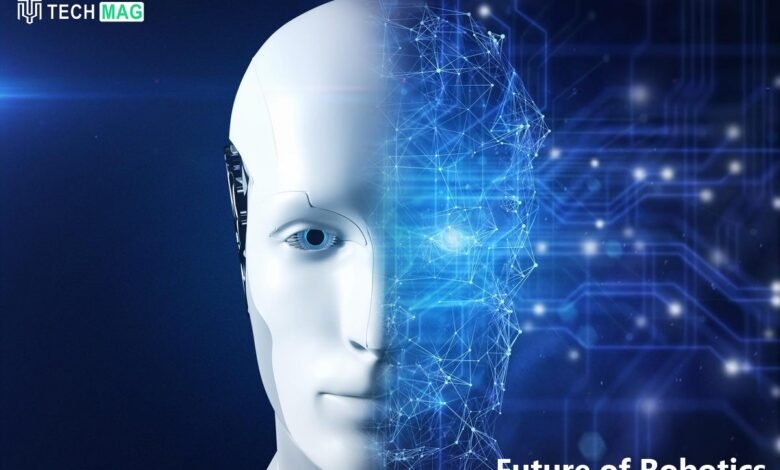
Do you know Future of Robotics: Artificial Intelligence and Robotics 2023? In recent years, the world has witnessed significant advancements in the field of robotics and artificial intelligence (AI). These technologies have changed the way we live, work, and interact with machines.
With the rise of new technologies, the future of robotics is expected to bring new opportunities and challenges for businesses and individuals. In this article, we will explore the future of robotics, focusing on AI and robotics in 2023.
Read More: 7 Surprising Applications of Artificial Intelligence 2023
Introduction to Robotics and AI
Before diving into the future of robotics and AI, let’s take a moment to understand what these terms mean. Robotics is a field that involves the design, construction, and operation of robots. On the other hand, AI refers to the ability of machines to learn, reason, and perform tasks that would typically require human intelligence. Robotics and AI are often used together to create intelligent machines that can perform complex tasks without human intervention.
Current State of Robotics and AI
The current state of robotics and AI is quite advanced, with various applications in industries such as healthcare, manufacturing, and agriculture. For instance, in healthcare, robots are used to perform surgeries, assist with rehabilitation, and provide emotional support to patients. In manufacturing, robots are used to assemble products, inspect quality, and perform repetitive tasks. In agriculture, robots are used to monitor crops, harvest fruits, and provide irrigation.
Future of Robotics and AI in 2023
The future of robotics and AI in 2023 is expected to bring significant advancements and changes to various industries. Here are some of the trends that we can expect to see in the next few years.
Autonomous Robots
Autonomous robots are one of the most exciting trends in robotics and artificial intelligence. These robots are designed to operate independently, without the need for human intervention or control. They are equipped with sensors and software that enable them to perceive their environment, make decisions, and take actions based on that information.
Autonomous robots are being used in a variety of applications, from autonomous cars and drones to warehouse automation and agriculture. In the manufacturing industry, autonomous robots are used for tasks such as material handling, assembly, and inspection. In the healthcare industry, they are used for tasks such as patient monitoring and medication delivery.
One of the key benefits of autonomous robots is their ability to improve efficiency and productivity. They can operate 24/7 without the need for breaks or rest, and they can perform tasks with greater speed and precision than humans. This can lead to reduced labor costs, improved quality, and faster turnaround times.
However, there are also challenges associated with autonomous robots. One of the main concerns is safety, as these robots can pose a risk to human workers if they malfunction or operate improperly. Another concern is job displacement, as automation can lead to a reduction in the need for human labor.
Overall, autonomous robots represent a significant step forward in the field of robotics and AI, and they have the potential to revolutionize many industries. As these technologies continue to advance, it will be important for businesses and policymakers to consider the benefits and challenges of autonomous robots and to develop strategies for maximizing their benefits while minimizing their risks.
Collaborative Robots
Collaborative robots, also known as cobots, are robots designed to work alongside humans in a shared workspace. Unlike traditional industrial robots that are fenced off for safety reasons, cobots are designed to operate safely in close proximity to human workers.
Cobots are being used in a variety of applications, from small businesses to large industrial facilities. They can perform tasks such as assembly, packaging, and inspection, and they can also be used for material handling and machine tending. One of the key benefits of cobots is their ability to improve productivity and efficiency while reducing the risk of workplace injuries.
Cobots are equipped with a range of sensors and safety features that enable them to detect and respond to human presence. These features include force-limiting technology, which limits the amount of force the robot can exert, and speed and proximity sensors, which slow down or stop the robot if a human enters its workspace.
In addition to their safety benefits, cobots are also relatively easy to program and can be quickly reprogrammed for new tasks. This makes them a flexible and cost-effective option for businesses looking to automate their processes.
However, there are also challenges associated with cobots. One of the main challenges is ensuring that they are integrated safely and effectively into the workplace. This requires careful planning and coordination between human workers and cobots, as well as adequate training and supervision.
Overall, collaborative robots represent a promising development in the field of robotics and AI. As these technologies continue to evolve, they have the potential to transform many industries, improving efficiency, safety, and productivity while reducing costs and increasing profitability.
Humanoid Robots
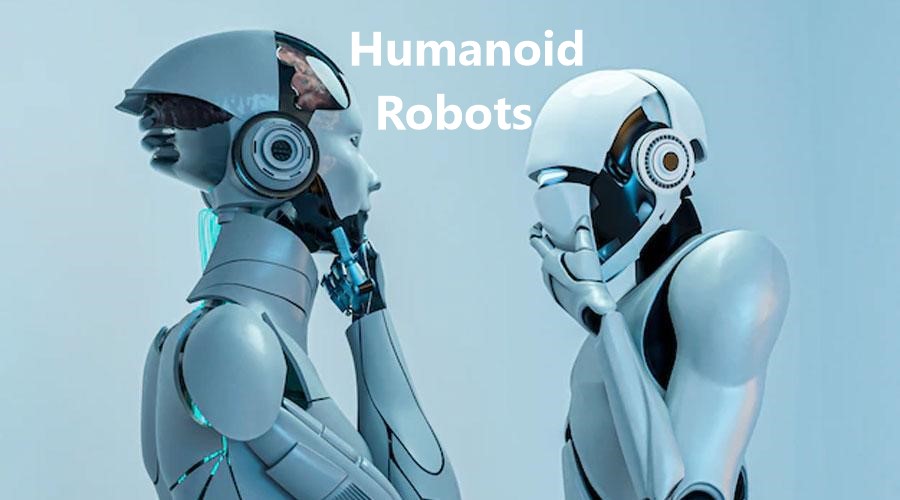
Humanoid robots are robots that are designed to resemble humans in appearance and behavior. These robots are equipped with sensors, cameras, and artificial intelligence software that enable them to perceive their environment, interact with humans, and perform tasks that require human-like dexterity and mobility.
Humanoid robots are being used in a variety of applications, from research and development to entertainment and education. They can perform tasks such as social interaction, caregiving, and customer service. In the healthcare industry, humanoid robots are being used to assist with tasks such as patient monitoring and rehabilitation.
One of the key benefits of humanoid robots is their ability to perform tasks that are difficult or dangerous for humans. For example, they can be used for tasks such as search and rescue, disaster response, and hazardous material handling. They can also be used to supplement the workforce in industries such as manufacturing and logistics.
However, there are also challenges associated with humanoid robots. One of the main challenges is their cost, as these robots are often expensive to develop and maintain. Another challenge is their ability to operate safely and effectively in complex environments, as they require advanced sensors and software to perceive and interact with their environment.
Overall, humanoid robots represent an exciting development in the field of robotics and AI. As these technologies continue to advance, they have the potential to revolutionize many industries, improving efficiency, safety, and productivity while reducing costs and increasing profitability. However, it will be important for businesses and policymakers to carefully consider the benefits and challenges of humanoid robots and to develop strategies for maximizing their benefits while minimizing their risks.
Edge Computing
Edge computing is a type of computing architecture that involves processing and analyzing data at the edge of a network, closer to the source of the data. In contrast to traditional cloud computing, which involves sending data to a central server for processing, edge computing allows data to be processed locally, reducing latency and improving efficiency.
Edge computing is being used in a variety of applications, from industrial automation to healthcare and transportation. In the industrial sector, edge computing is being used for tasks such as predictive maintenance and quality control, while in healthcare, it is being used for remote patient monitoring and medical imaging.
One of the key benefits of edge computing is its ability to reduce network latency and improve response times. This is particularly important in applications that require real-time data processing, such as autonomous vehicles and industrial automation. By processing data at the edge of the network, edge computing can improve the speed and accuracy of decision-making, while reducing the amount of data that needs to be transmitted to a central server.
Another benefit of edge computing is its ability to improve security and privacy. By keeping data local, edge computing can reduce the risk of data breaches and ensure that sensitive data is not transmitted over public networks.
However, there are also challenges associated with edge computing. One of the main challenges is the complexity of deploying and managing edge computing infrastructure, as it requires specialized skills and expertise. Another challenge is ensuring that edge computing systems are interoperable with existing IT infrastructure, as this can require significant investment and effort.
Overall, edge computing represents an important development in the field of IT and is expected to play an increasingly important role in the future of computing and data processing. As these technologies continue to evolve, businesses and organizations will need to carefully consider the benefits and challenges of edge computing and develop strategies for effectively integrating it into their operations.
Cloud Robotics
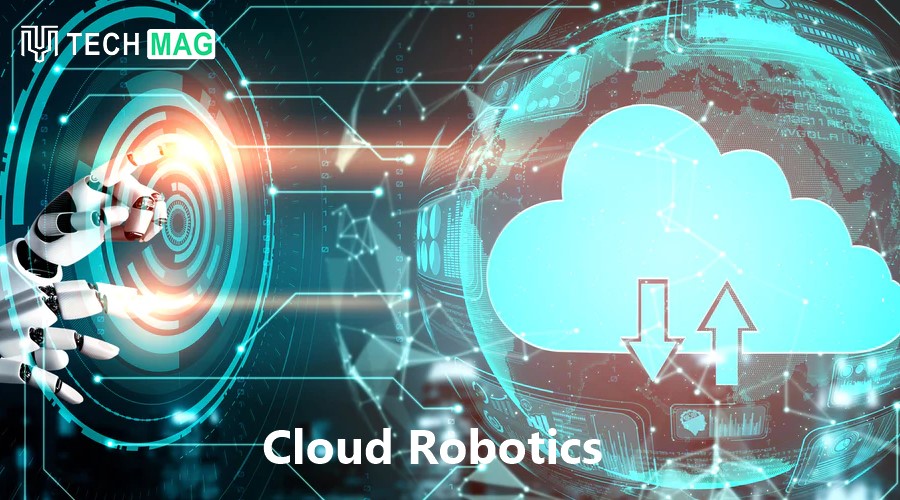
Cloud robotics is a type of robotics that involves the use of cloud computing resources to augment the capabilities of robots. In this approach, robots are connected to the internet and can access cloud services such as data storage, processing power, and machine learning algorithms.
Cloud robotics has a wide range of applications, from manufacturing and logistics to healthcare and education. In the manufacturing sector, cloud robotics is being used to automate tasks such as assembly, inspection, and quality control, while in logistics, it is being used to optimize warehouse operations and delivery routes.
One of the key benefits of cloud robotics is its ability to provide robots with access to vast amounts of data and computing power. This enables robots to perform more complex tasks, make more accurate decisions, and adapt to changing conditions more quickly. It also allows robots to learn from past experiences and improve their performance over time.
Another benefit of cloud robotics is its scalability. By using cloud computing resources, businesses can quickly and easily scale up their robotic operations to meet changing demands, without having to invest in additional hardware or infrastructure.
However, there are also challenges associated with cloud robotics. One of the main challenges is ensuring the security and privacy of data transmitted between the robot and the cloud. Another challenge is the need for high-speed and reliable internet connections, which can be difficult to achieve in some environments.
Overall, cloud robotics represents an exciting development in the field of robotics and has the potential to revolutionize many industries, improving efficiency, productivity, and profitability while reducing costs and increasing safety.
As these technologies continue to advance, it will be important for businesses and policymakers to carefully consider the benefits and challenges of cloud robotics and to develop strategies for effectively integrating it into their operations.
Benefits and Challenges of Robotics and AI in 2023
While the future of robotics and AI in 2023 is promising, there are also potential benefits and challenges associated with these technologies.
Benefits
- Increased efficiency and productivity in various industries
- Improved safety for workers in hazardous environments
- Reduced labor costs in industries that rely on manual labor
- Better quality and consistency of products and services
- Enhanced customer experiences through personalized services and interactions
- New job opportunities in the robotics and AI industries
Challenges
- Potential job displacement due to automation
- Ethical concerns surrounding the use of AI and robotics, such as privacy and security issues
- Cost barriers for businesses and individuals to adopt these technologies
- Technical challenges in developing and integrating complex robotics systems
- Legal and regulatory challenges in defining liability and responsibility in the event of accidents or failures involving robots
Conclusion
The future of robotics and AI in 2023 is bright, with advancements in technology enabling new possibilities and opportunities for businesses and individuals. Autonomous robots, collaborative robots, humanoid robots, edge computing, and cloud robotics are just some of the trends that we can expect to see in the next few years.
While there are benefits to these technologies, such as increased efficiency and productivity, there are also challenges that need to be addressed, such as potential job displacement and ethical concerns. It is important for businesses, policymakers, and individuals to understand these benefits and challenges as they prepare for the future of robotics and AI.
Read More: Discover The Impact of Artificial Intelligence on the Job Market 2023
FAQs
- What is the difference between robotics and AI?
- Robotics is the design, construction, and operation of robots, while AI refers to the ability of machines to learn, reason, and perform tasks that would typically require human intelligence.
- What are some current applications of robotics and AI?
- Robotics and AI are used in various industries, such as healthcare, manufacturing, and agriculture. They are used to perform tasks such as surgery, assembly, inspection, monitoring, and harvesting.
- What is edge computing, and how is it related to robotics?
- Edge computing is a technology that enables processing and storage of data at the edge of the network, closer to the source of the data. This technology can be beneficial in robotics applications, where low-latency and real-time processing are critical.
- What are some ethical concerns surrounding the use of robotics and AI?
- Ethical concerns include issues related to privacy, security, liability, responsibility, and job displacement.
- Will the adoption of robotics and AI lead to job displacement?
- There is a potential for job displacement as automation becomes more prevalent in various industries. However, new job opportunities in the robotics and AI industries may also arise.





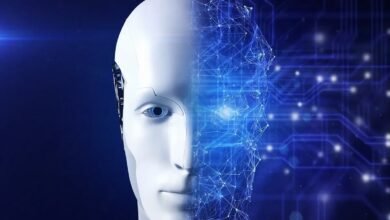
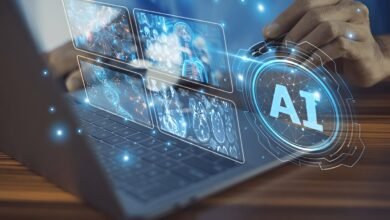




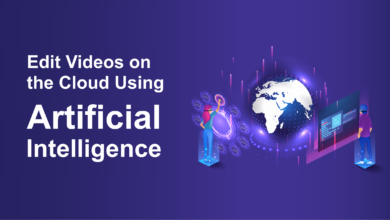
3 Comments